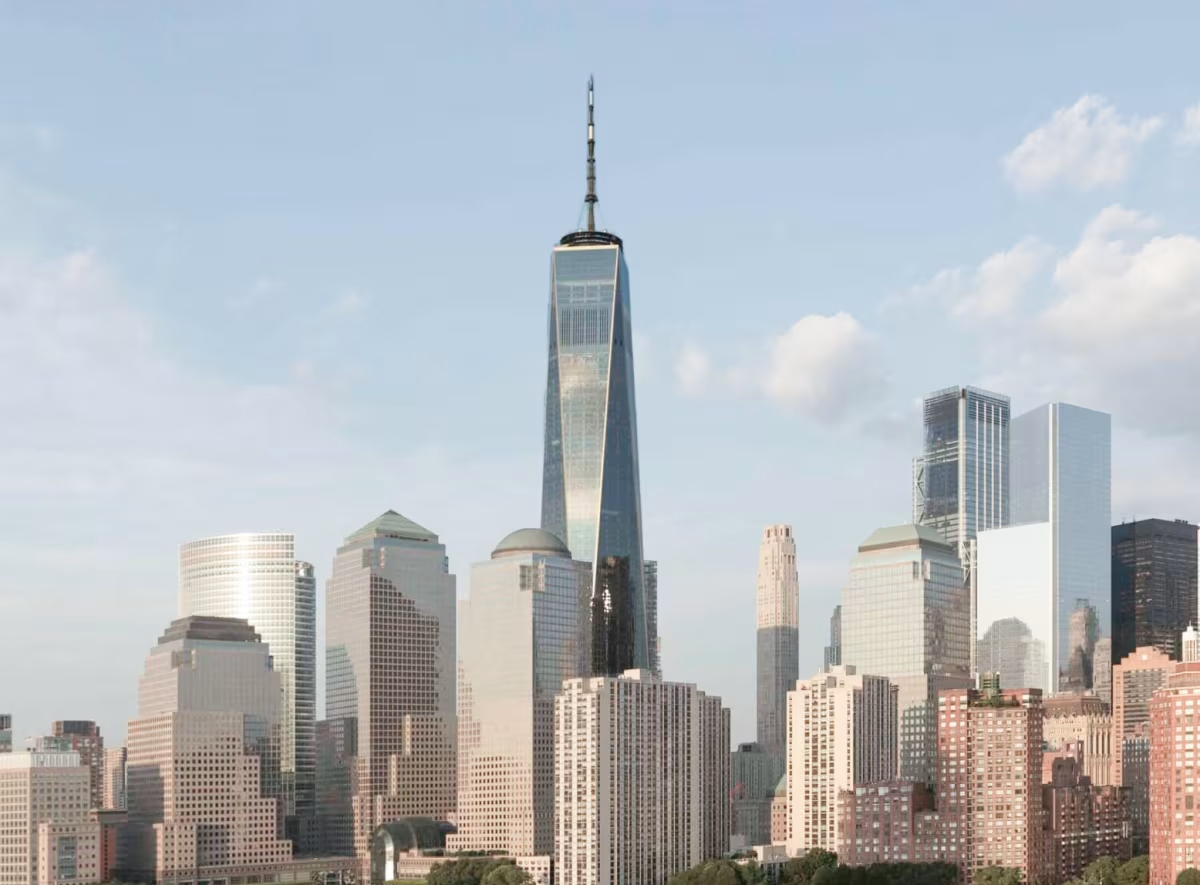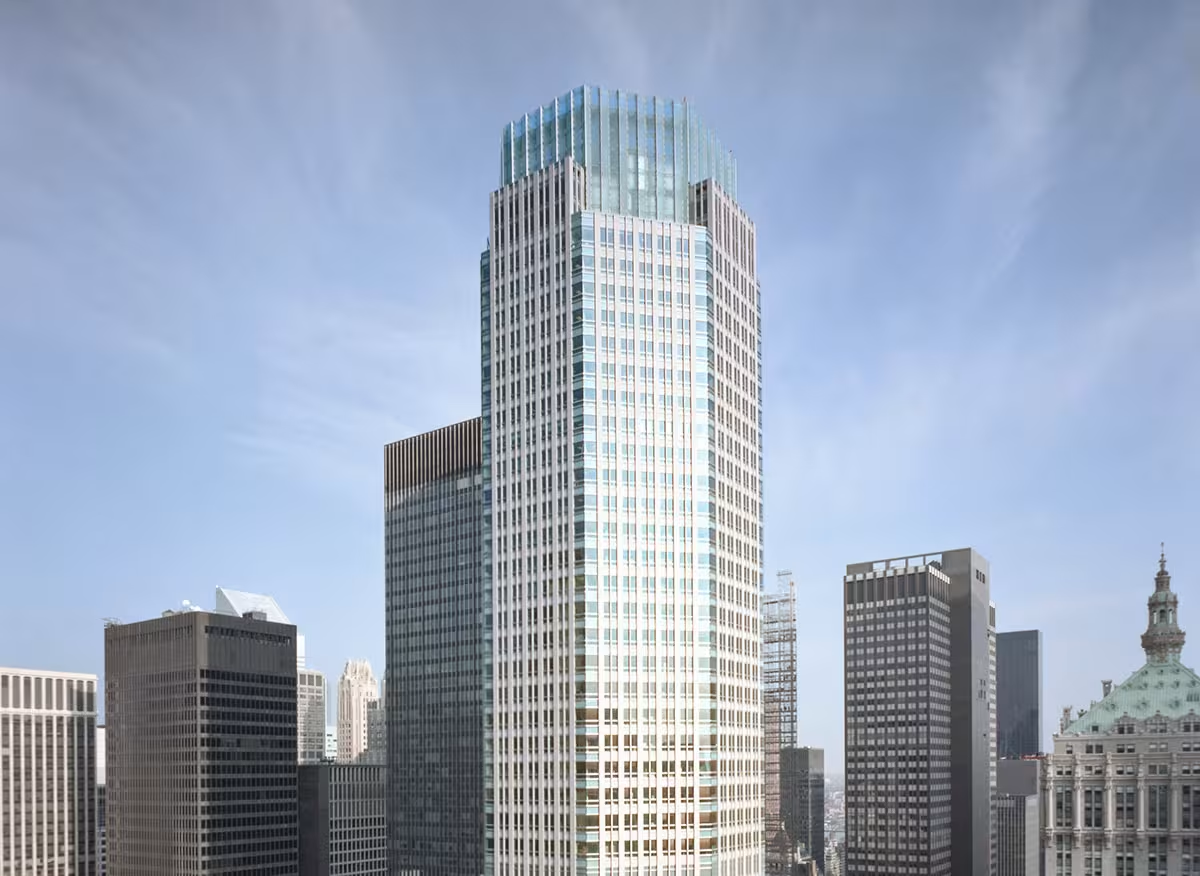One World Trade Center vs 383 Madison Avenue Building


Comparing the One World Trade Center and the 383 Madison Avenue Building is particularly interesting because they share the same skyline in New York, NY, and were both designed by Skidmore, Owings & Merrill. However, they were completed more than 13 years apart.
This offers a unique perspective on how the architect's style and the city's architecture evolved over time.
Height & Size
The One World Trade Center is clearly the larger tower of the two, both in terms of height and number of floors. It rises to 1775ft (541m) with 104 floors above ground, while the 383 Madison Avenue Building reaches 755ft (230m) with 47 floors above ground.
One World Trade Center also offers more total built-up area, a total fo 3,500,000 sqf (325,161m2), which is about 2,315,971 sqf (215,161m2) more than what the 383 Madison Avenue Building offers.
Of course, each project may have faced different briefs or regulatory constraints, which we don't really know about and could also explain the outcome.
Architectural Style
Both the One World Trade Center and the 383 Madison Avenue Building were designed in line with the aesthetic conventions of the Contemporary style.
At the time, this style was at the height of its popularity. So Skidmore, Owings & Merrill followed what was in many ways expected at the time, producing designs that fit comfortably within contemporary architectural norms rather, than breaking with convention.
Uses
Both the One World Trade Center and the 383 Madison Avenue Building were designed to serve as commercial towers, and that has remained their main use since their completion, serving similar roles in the urban fabric.
Structure & Facade
The two buildings opted for different structural and facade solutions.
The One World Trade Center uses a Framed Tube In Tube system, which combines a strong central core with a perimeter tube of columns, while the 383 Madison Avenue Building uses a Frame system, that relies on a regular grid of columns and beams to sustain its weight.
And when it came to the facade, the Curtain Wall went with a Curtain Wall facade, which uses a lightweight glass curtain wall hung from the structure, while the 383 Madison Avenue Building opted for a Modular facade, that employs prefabricated panels, often mixing solid surfaces with smaller windows.
| One World Trade Center | 383 Madison Avenue Building | |
|---|---|---|
| Skidmore, Owings & Merrill | Architect | Skidmore, Owings & Merrill |
| 2006 | Construction Started | 1999 |
| 2014 | Year Completed | 2001 |
| Contemporary | Architectural Style | Contemporary |
| Commercial | Current Use | Commercial |
| 104 | Floors Above Ground | 47 |
| 541 m | Height (m) | 230 m |
| 325161 | Built-up Area (m²) | 110000 |
| 73 | Number of Elevators | 30 |
| Framed Tube In Tube | Structure Type | Frame |
| Steel | Vertical Structure Material | Steel |
| Poured Concrete Over Metal Decking | Horizontal Structure Material | Poured Concrete Over Metal Decking |
| No | Facade Structural? | No |
| Glass, Steel | Main Facade Material | Granite, Glass |
| Tishman Construction | Main Contractor | Turner Construction Company |
| Port Authority Of New York And New Jersey | Developer | Gerald D Hines Interests |
| Thyssenkrupp | Elevator Company | OTIS Elevator Company |
| Jaros Baum & Bolles | MEP Engineer | Jaros Baum & Bolles |
| WSP Group | Structural Engineer | WSP Cantor Seinuk |
| NY | State | NY |
| New York | City | New York |
| 285 Fulton Street | Address | 383 Madison Avenue |